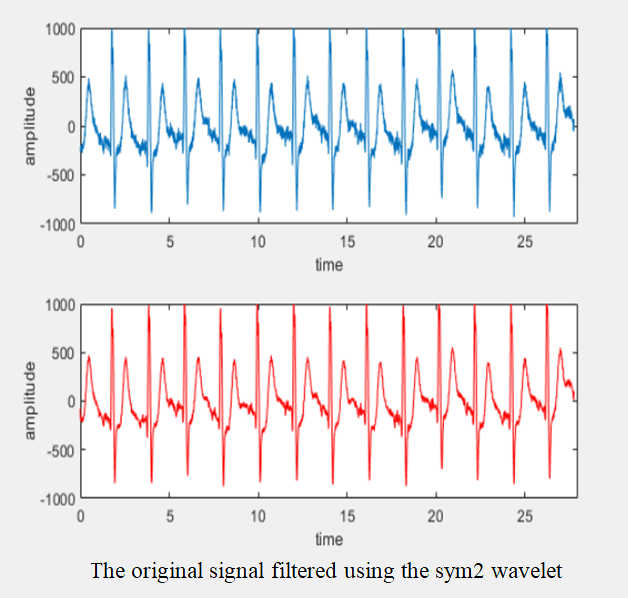Removing Powerline Interference Noise from Electrocardiogram (ECG) Signal
DOI:
https://doi.org/10.63318/waujpasv3i2_12Keywords:
Electrocardiogram, Powerline Interference, Biorthogonal, Symlets, Signal-To-Noise Ratio (SNR), Signal Correlation Value (SCV)Abstract
The electrocardiogram (ECG) is regarded as an essential diagnostic tool, as it serves as a representation of the cardiac electrical activity and is extensively employed in the diagnosis of cardiovascular diseases, as well as in assessing the overall health of the heart. ECG signals yield critical insights into the functional condition of the heart and its associated parameters; however, these signals are frequently vulnerable to distortion caused by various types of noise. Such noise includes powerline interference, baseline wandering, electromyographic noise (EMG noise), and artifacts resulting from electrode movement. Powerline interference is characterized by a 50 Hz frequency component, and its amplitude typically constitutes 50% of the peak-to-peak amplitude of the ECG signal. This interference predominantly arises from electromagnetic disturbances associated with power lines. The objective of this study is to process the ECG signal utilizing MATLAB. We employed a Notch filter for the initial preprocessing of the signal and applied two families of wavelets, namely Symlets and Biorthogonal wavelets, to mitigate the impact of powerline interference on the ECG signal. Subsequently, we compared the efficacy of these wavelet families in the signal processing framework by evaluating the Signal-to-Noise Ratio (SNR) and the Signal Correlation Value (SCV). The findings demonstrated that the Biorthogonal wavelet family outperformed the others, as the application of the Biorthogonal wavelet 2.4 resulted in a Signal-to-Noise Ratio of SNR=20.2553 dB and a Signal Correlation Value of SCV=0.9956.
Downloads

Downloads
Published
Issue
Section
License

This work is licensed under a Creative Commons Attribution-NonCommercial 4.0 International License.
This journal uses Creative Commons Attribution-Noncommerical 4.0 International License (CC BY-NC 4.0), which permits use, sharing, adaptation, distribution and reproduction in any medium or format, as long as you give appropriate credit to the original author(s) and the source, provide a link to the Creative Commons license, and indicate if changes were made. To view a copy of this license, visit https://creativecommons.org/licenses/by-nc/4.0/.
Copyright of articles
Authors retain copyright of their articles published in this journal.




